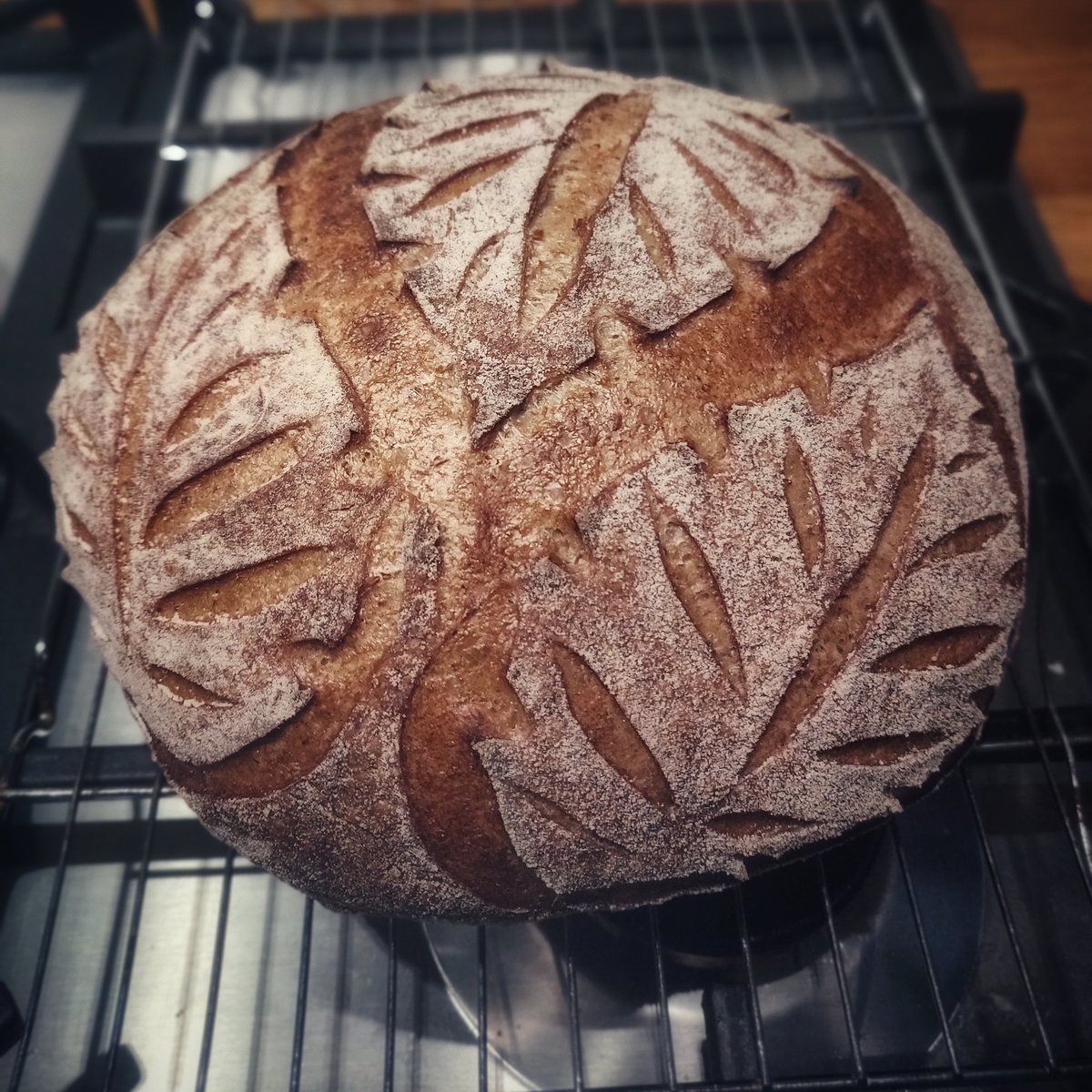#sourdough a thread.
I& #39;ve been asked a lot about how I make sourdough. So here& #39;s a step by step guide. Key takeaway, it& #39;s a guide, different flour, water, temperature, oven etc will introduce variables, so play about and find what works for you. More importantly enjoy yourself
I& #39;ve been asked a lot about how I make sourdough. So here& #39;s a step by step guide. Key takeaway, it& #39;s a guide, different flour, water, temperature, oven etc will introduce variables, so play about and find what works for you. More importantly enjoy yourself
1. Starter.
I use a non-discard approach, mainly to reduce waste. For my standard starter, I& #39;m using a good quality wholemeal flour from @CotswoldFlour
I use a non-discard approach, mainly to reduce waste. For my standard starter, I& #39;m using a good quality wholemeal flour from @CotswoldFlour
2. Starter (Method)
You will need a larger container, add 50g of flour and 45g of water at room temperature and mix together to get rid of any dry flour. Repeat this once a day for four days. You will then have 200g of starter (and left over to seed your next starter).
You will need a larger container, add 50g of flour and 45g of water at room temperature and mix together to get rid of any dry flour. Repeat this once a day for four days. You will then have 200g of starter (and left over to seed your next starter).
3. Starter (troubleshooting)
Keep in a location with a constant temperature if possible and around 18° - 22° should be fine. If this is your first starter it will take a few days to get good growth. The one feed a day is a guide, if you see the starter dropping:
Keep in a location with a constant temperature if possible and around 18° - 22° should be fine. If this is your first starter it will take a few days to get good growth. The one feed a day is a guide, if you see the starter dropping:
Then you can re-feed and this will shorten the elapsed days you need to get to a starter that is ready. After a few feeds, you should start to see good growth. Try to feed when it is at it& #39;s peak and certainly before it drops back too far.
4. Starter (ready to go)
Once you have fed the starter with the final 50g of flour, you are looking to use once it has peaked (although as long as the starter is active, then any time that suits you). This was keeping an eye on growth during the day, from the final 07:40 feed:
Once you have fed the starter with the final 50g of flour, you are looking to use once it has peaked (although as long as the starter is active, then any time that suits you). This was keeping an eye on growth during the day, from the final 07:40 feed:
5. Basic Sourdough
Some good advice that I took from @BakeWithJack , was to double up on your ingredients and for the time and effort of making the dough, you get two loaves, advice I use every time. So we will be using 900g of flour and 200g of starter for our dough.
Some good advice that I took from @BakeWithJack , was to double up on your ingredients and for the time and effort of making the dough, you get two loaves, advice I use every time. So we will be using 900g of flour and 200g of starter for our dough.
6. Basic Sourdough (method)
900g flour
200g starter
10g salt
620g water
I tend to use a mix of Canadian strong white flour (700g) with 200g of wholemeal. This works well with the amount of water. I have also reduced the total amount of salt I use.
900g flour
200g starter
10g salt
620g water
I tend to use a mix of Canadian strong white flour (700g) with 200g of wholemeal. This works well with the amount of water. I have also reduced the total amount of salt I use.
I combine the salt and water together first. Then add the starter and mix. I then add the combined wet ingredients to the flour and roughly mix together by hand.
Now, a note on timing. Once you have your dough, it will rest for 1hr. We will then do 3 sets of stretching and folding with 2hr intervals, or as @ruskin147 termed it, Dave& #39;s "stretchy foldy method". Follow by 1hr rest before we pre-shape and 30min rest before final shape.
Summary of timing:
Make dough.
Rest for an hour.
1st stretch and fold (S&F).
Rest for two hours
2nd S&F.
Rest for two hours.
3rd S&F.
Rest for an hour.
Pre-shape.
Rest for 30min.
Final shape and place in banaton.
The dough will then rest overnight in the fridge.
Make dough.
Rest for an hour.
1st stretch and fold (S&F).
Rest for two hours
2nd S&F.
Rest for two hours.
3rd S&F.
Rest for an hour.
Pre-shape.
Rest for 30min.
Final shape and place in banaton.
The dough will then rest overnight in the fridge.
Stretch and Fold.
Using water instead of flour during the stretch and fold stages, we are looking to build structure:
Using water instead of flour during the stretch and fold stages, we are looking to build structure:
Pre-shape and final shape.
After the final hour rest, turn out on to a floured surface and divided the dough in two. Pre-shape each as a boule, cover and rest for a further 30min.
After the final hour rest, turn out on to a floured surface and divided the dough in two. Pre-shape each as a boule, cover and rest for a further 30min.
Then shape to the desired outcome (boule or batard) and place in a floured banaton. The banatons then go in the fridge overnight. They can rest there for up to 36hrs. So you can stagger the bake for fresh bread over the next few days  https://abs.twimg.com/emoji/v2/... draggable="false" alt="😊" title="Lächelndes Gesicht mit lächelnden Augen" aria-label="Emoji: Lächelndes Gesicht mit lächelnden Augen">
https://abs.twimg.com/emoji/v2/... draggable="false" alt="😊" title="Lächelndes Gesicht mit lächelnden Augen" aria-label="Emoji: Lächelndes Gesicht mit lächelnden Augen">
7. Scoring
I score directly from the fridge. Then directly to the oven. Ovens and timings are quite an individual thing, so work out what works for you, but make sure the oven is preheated well.
I score directly from the fridge. Then directly to the oven. Ovens and timings are quite an individual thing, so work out what works for you, but make sure the oven is preheated well.
As a guide, I bake directly on a stone and preheat to 240°C and inject steam. Total bake time is around 40mins, with a reduction in temperature to 190°C during that time.

 Read on Twitter
Read on Twitter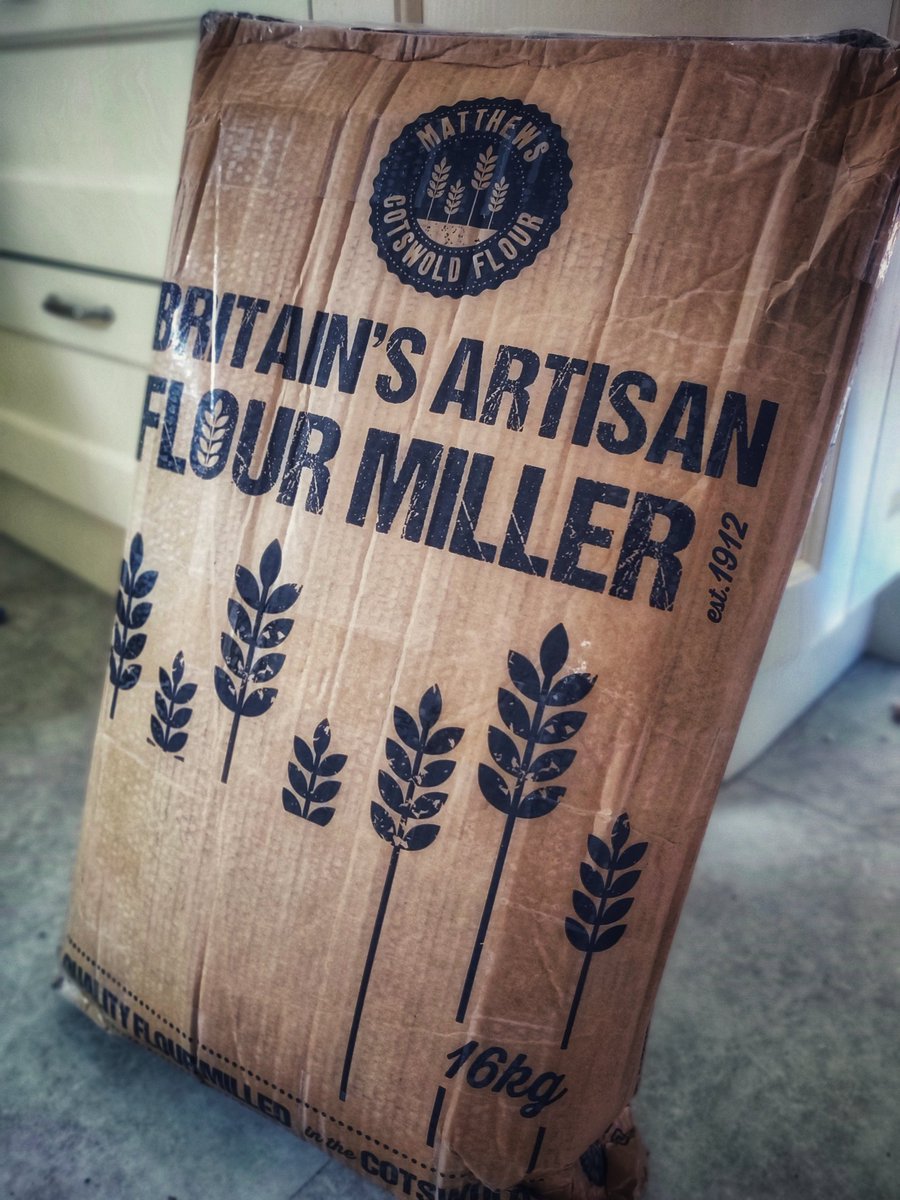

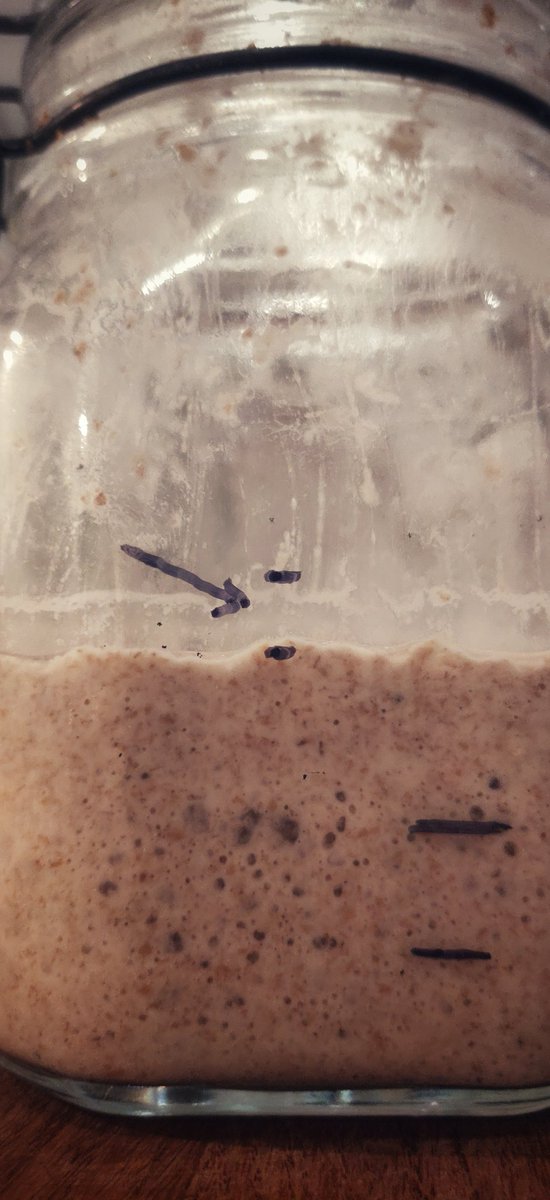
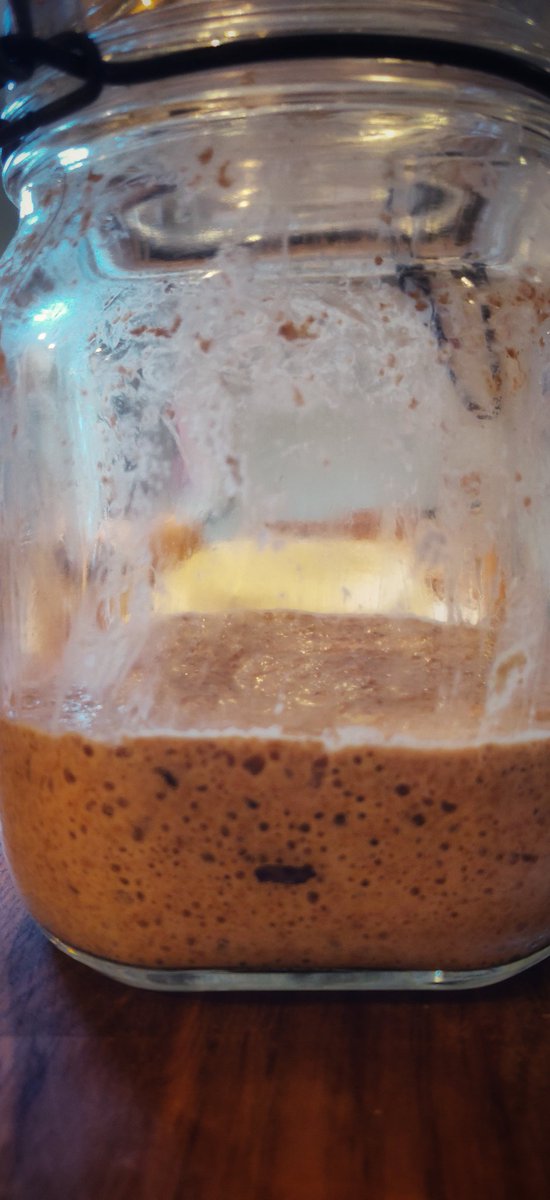
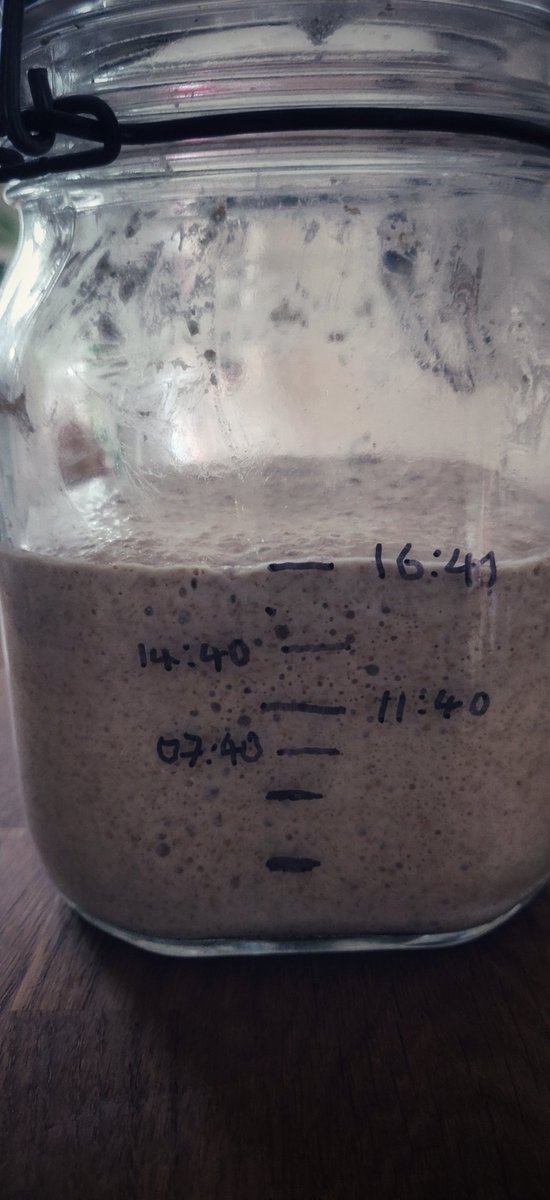
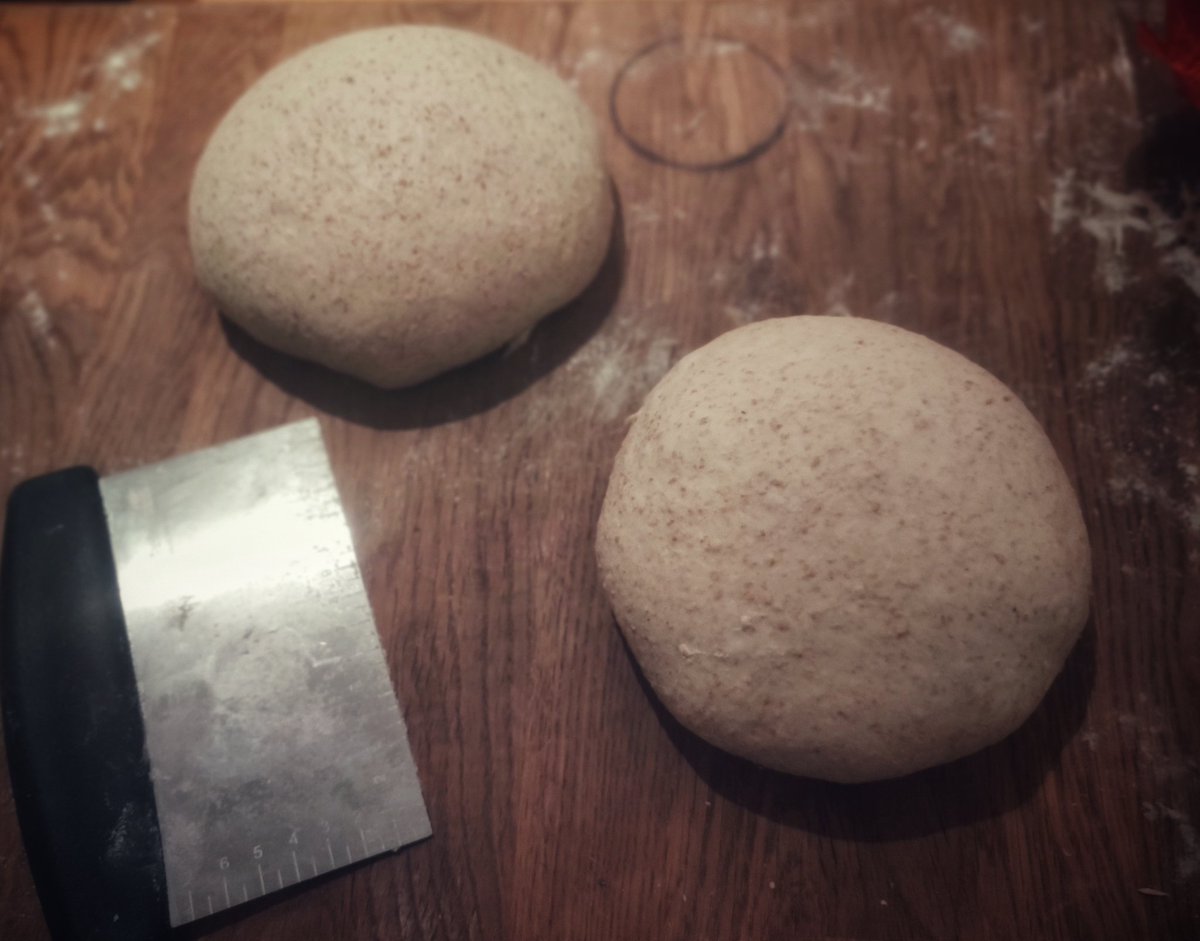
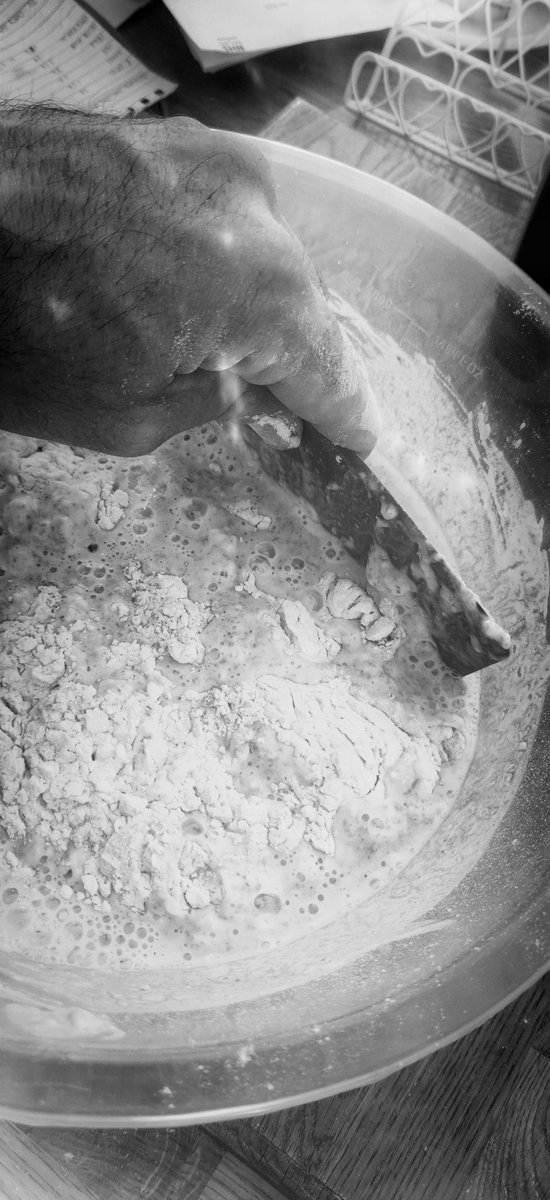
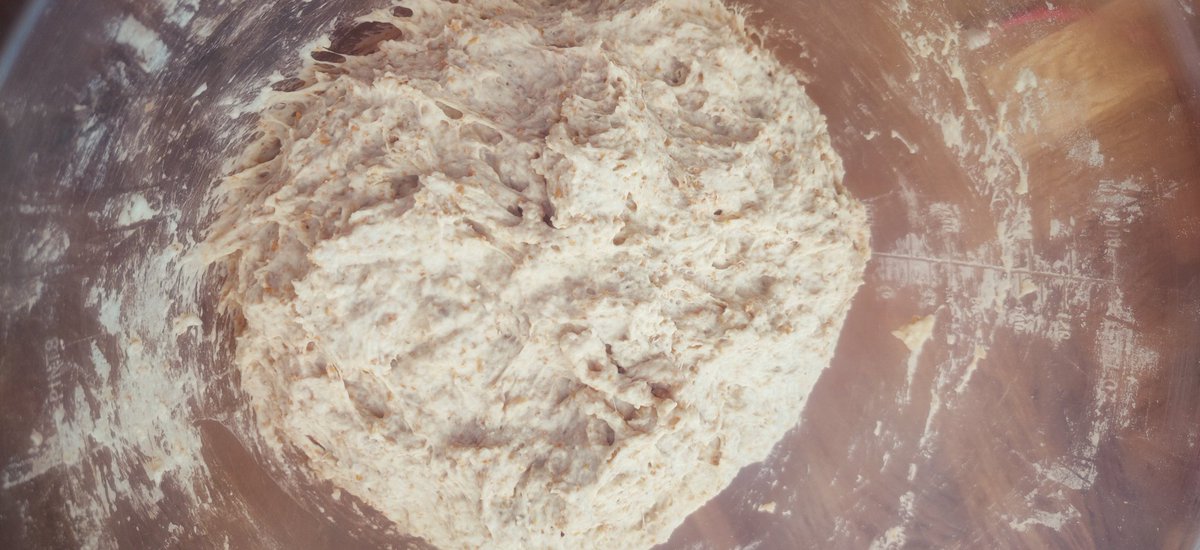
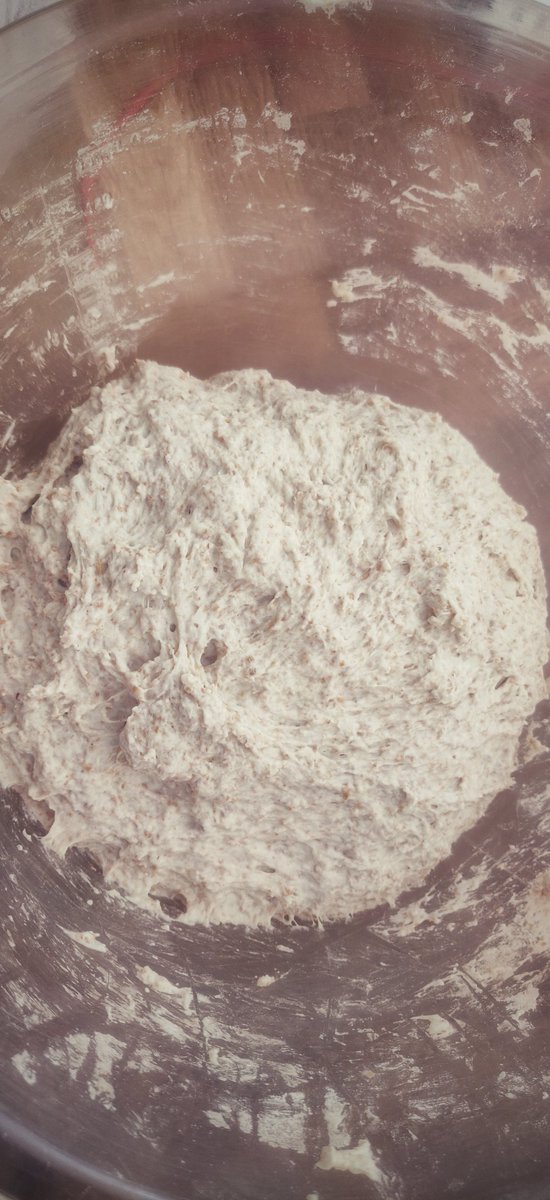
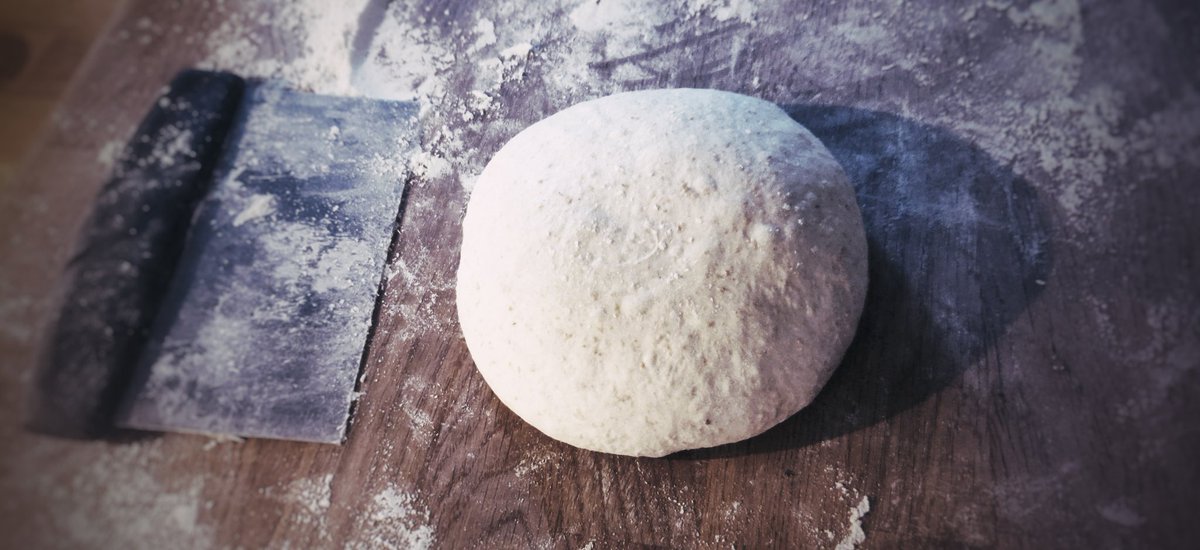
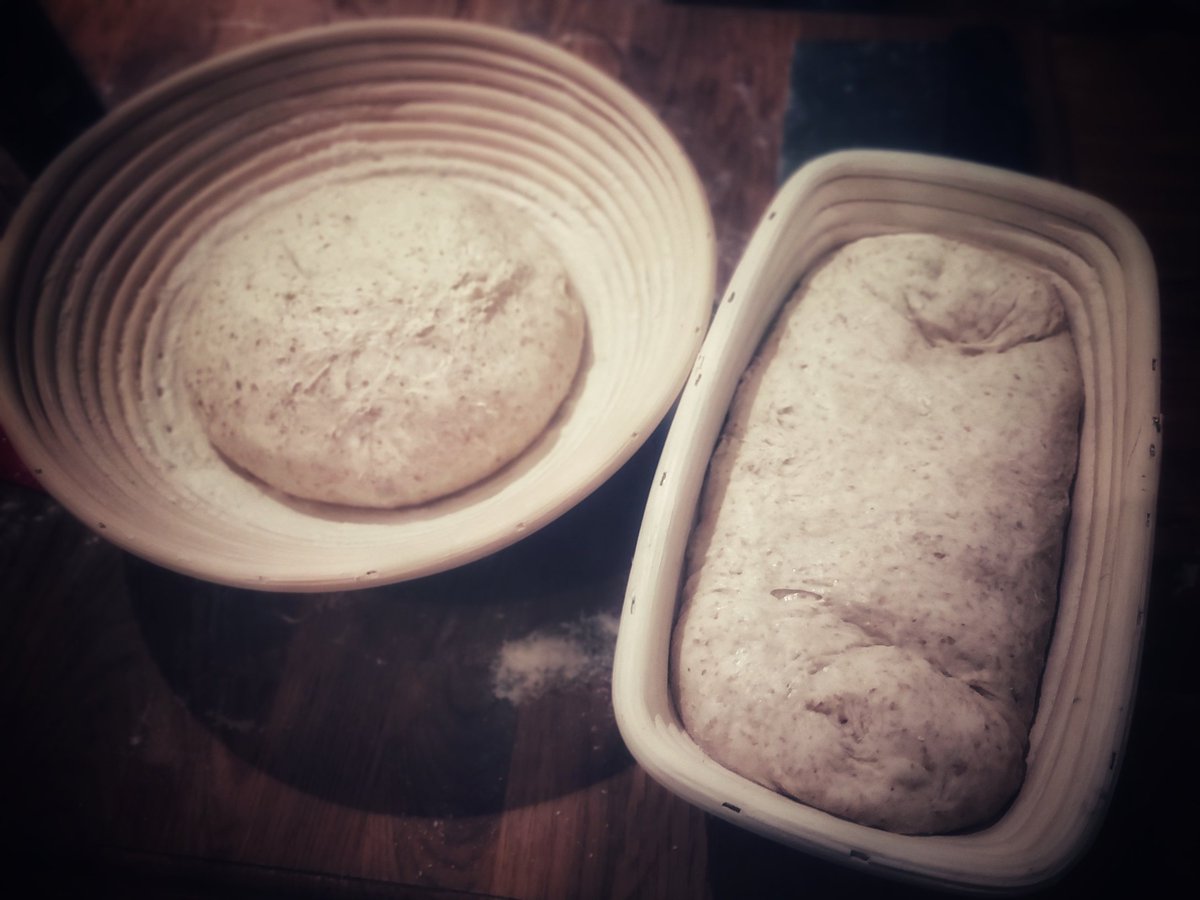 " title="Then shape to the desired outcome (boule or batard) and place in a floured banaton. The banatons then go in the fridge overnight. They can rest there for up to 36hrs. So you can stagger the bake for fresh bread over the next few days https://abs.twimg.com/emoji/v2/... draggable="false" alt="😊" title="Lächelndes Gesicht mit lächelnden Augen" aria-label="Emoji: Lächelndes Gesicht mit lächelnden Augen">" class="img-responsive" style="max-width:100%;"/>
" title="Then shape to the desired outcome (boule or batard) and place in a floured banaton. The banatons then go in the fridge overnight. They can rest there for up to 36hrs. So you can stagger the bake for fresh bread over the next few days https://abs.twimg.com/emoji/v2/... draggable="false" alt="😊" title="Lächelndes Gesicht mit lächelnden Augen" aria-label="Emoji: Lächelndes Gesicht mit lächelnden Augen">" class="img-responsive" style="max-width:100%;"/>
